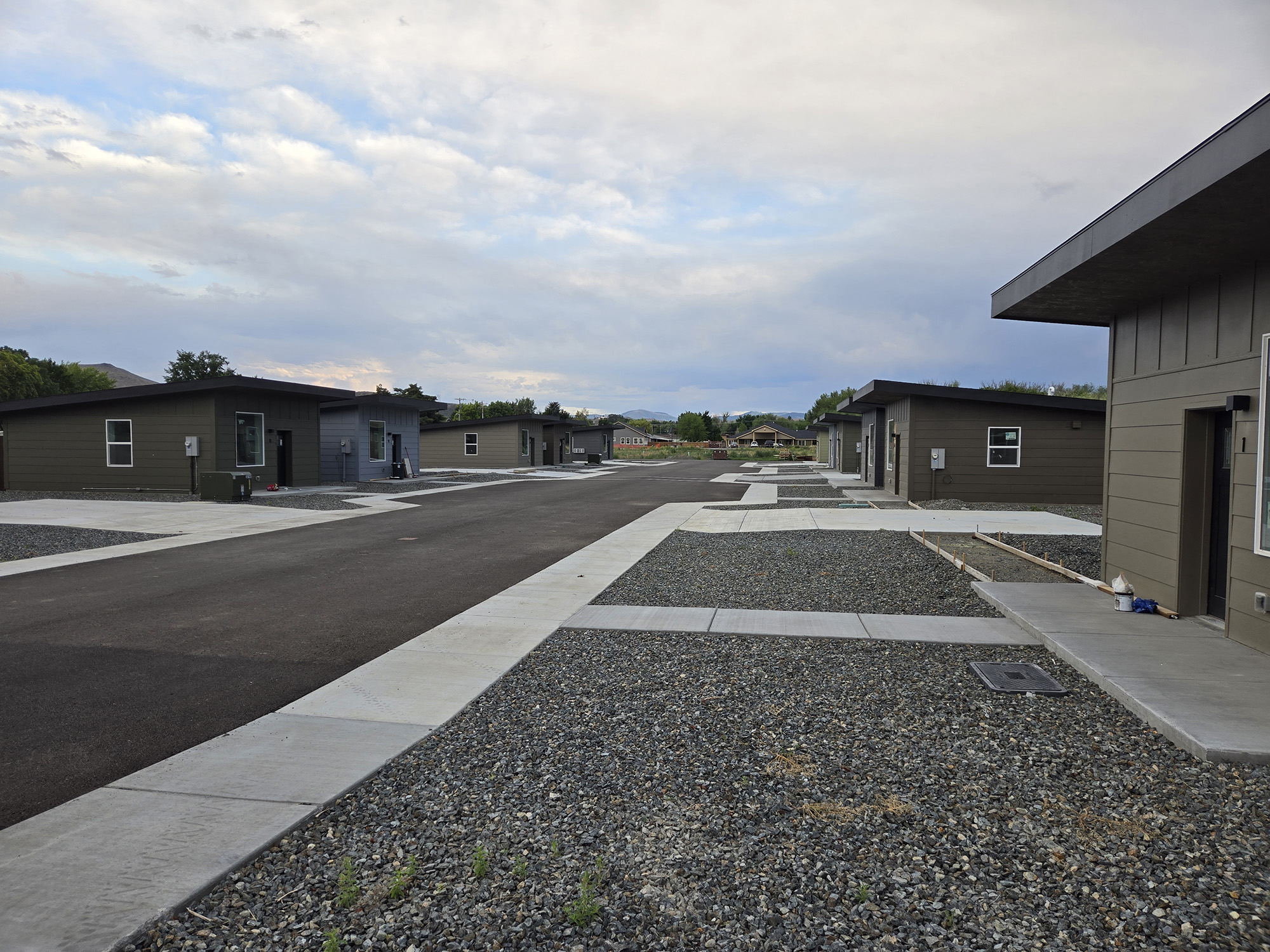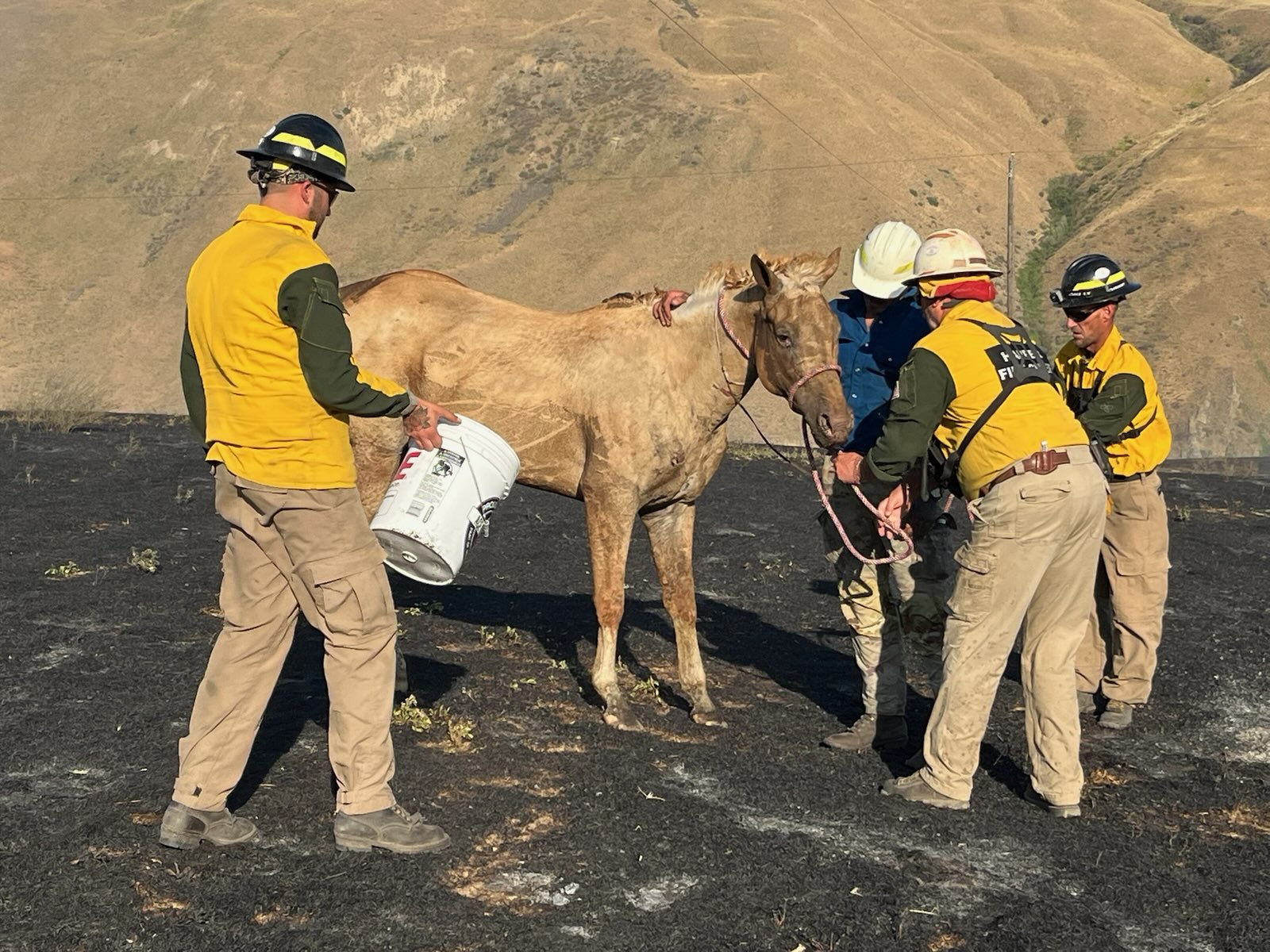COLUMN: Masks and March: facing up to the question
Published 9:15 am Saturday, July 18, 2020
By wearing a face mask when we can’t keep our distance from other people, so as to deprive them of whatever deleterious particles we might be expelling with each breath, we can save lives.
Trending
Government officials recently have been reminding us of this with the metronomic regularity of a mantra.
And I believe them.
Completely.
Trending
But given that we’re dealing with such a vital matter as human lives, I can’t avoid asking the question that I suspect has occurred to most of us while masks have proliferated as rapidly as fungi after a mild and gentle spring rain.
How many lives might we have saved had those officials been as insistent, and as consistent, with their mask message in March?
I pose the question not with the purpose of wielding it as a political weapon.
There are far too many of those being flung and swung as it is, a flurry of indiscriminate blows giving society a collective headache.
And I recognize that what we might brand today as inconsistency, or even as its much nastier cousin, hypocrisy, actually reflects the inherent uncertainty of a public health crisis unprecedented in our lifetimes.
Hindsight, it scarcely needs to be said, can make any of us feel that we are geniuses.
Government officials had a legitimate reason, when the pandemic was but a precocious toddler, to recommend the public not start a run on masks.
Their goal was to ensure that doctors, nurses and other health care workers — those who were treating COVID-19 patients and thus at considerable risk of becoming infected — would not be left without adequate protection.
That such a mania for masks could have happened was hardly an overreaction — recall for a moment that one symbol of March was the empty toilet paper section in a grocery store.
Still and all, I’m not wholly satisfied by the explanation that officials initially discouraged widespread mask-wearing to protect health care workers, then started to encourage the public to don face protection once it became clear that the nation’s supply was sufficient.
I’m not satisfied because masks, as we all know by now, are not created equal.
I understand why the government wanted to conserve stockpiles of the more stout masks that health care workers wear.
But during March, the month when the virus gained its foothold (or whatever it is that viruses get around on) in the U.S., there was little reason for Americans, based on the statements of experts, to believe that any mask, surgical or otherwise, afforded meaningful protection either for themselves or, more notably, for those we might get close to.
(While breathing, anyway, something most of us find difficult to avoid for extended periods.)
In late March Dr. Anthony Fauci, surely the most influential figure of authority during the pandemic, told reporters that the White House coronavirus task force was considering recommending that Americans wear masks, of any sort, to help slow the spread of the virus.
But Fauci was hardly enthusiastic in his endorsement of widespread mask-wearing at the time, saying that “perhaps that’s the way to go.”
At least Fauci acknowledged the potential benefits of masks.
Also in late March, U.S. Surgeon General Jerome Adams was still dismissing the use of masks, noting that both the World Health Organization and the Centers for Disease Control and Prevention (CDC) were not then recommending the public wear masks routinely.
The situation changed relatively rapidly.
In early April the CDC announced that wearing even homemade cotton masks in public places, where it’s difficult to maintain social distancing, offers some level of protection, more so for others than for the wearer.
Oregon Gov. Kate Brown cited the CDC guidance in an April 7 statement in which she also urged Oregonians to wear face masks as part of an overall strategy that included social distancing.
“Wearing a cloth mask may not keep you from getting sick, but it can help you prevent spreading the virus to others,” Brown said.
I can’t help but wonder, though, whether the government’s endorsement of masks was both too tardy and too tepid to convince the public as thoroughly as the message might have done if it hadn’t carried a whiff of indifference, if not ambivalence.
Brown, despite her April 7 statement, didn’t impose a mask mandate until July 1, and only then in response to a rapid rise in the number of infections.
I realize that I am to some extent engaging in just the sort of hindsight-fueled second-guessing that I mentioned some paragraphs back.
And I concede that Brown, in common with other elected officials, has confronted quite a quandary as they seek to protect the public without imposing unnecessarily draconian restrictions.
I would like to think most Oregonians prefer the current mask guidelines and (largely unenforced) limits on attendance at social gatherings to a return to the job-ending lockdown that prevailed for much of the spring.
But I also understand why some people have reacted with skepticism to the government’s comparatively recent insistence on wearing masks.
Obviously if masks are beneficial now — and to reiterate, I’m convinced that they are, in situations where your unimpeded exhalations could be infectious — then they would have been equally efficacious 4 months ago.
Some people, of course, reject masks for specious, and in some cases blatantly contradictory, reasons.
It’s illogical, for instance, to claim both that wearing a mask is dangerous because it causes the wearer to re-inhale nasty things, and that the mask does nothing to curb the dispersal of droplets that could contain virus particles.
The reality is that the vast majority of people can safely wear a mask, and that the mask, regardless of the material it’s made from, will intercept at least some of the droplets we exhale.
A paper-thin cotton bandanna is obviously less effective than a surgical mask, but to argue that face coverings have no benefits in reducing the risk of spreading the virus — indeed, any infectious disease — is nonsensical.
A chunk of wood isn’t as helpful as a Coast Guard-approved life jacket if you go overboard, but you’d be awfully glad to have something to grab, and never mind a few splinters.
Ultimately, though, it seems to me that we would have been better off had the great mask debate reached its apex in March rather than in July.
If nothing else we would have been more accustomed to wearing masks by now. And I believe fewer of us would wonder whether the experts are merely reacting to COVID-19 bar graphs rather than using their expertise to issue sound and timely advice.
It’s a question that keeps nagging me, as stubborn as a fishhook stuck far down in a trout’s jaw.
Jayson Jacoby is editor of the Baker City Herald.









